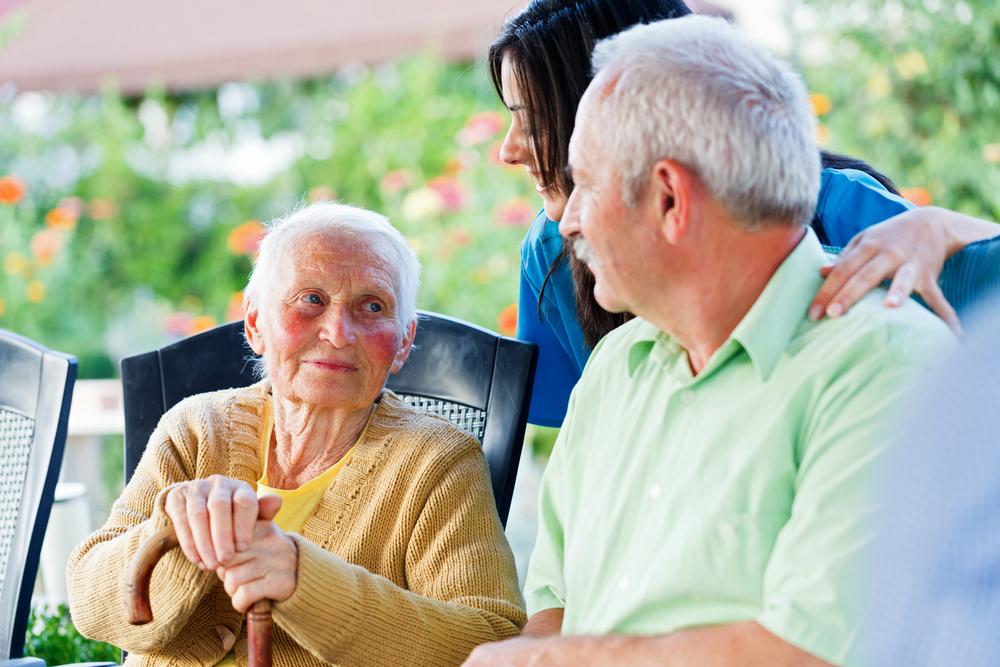How To Manage Dyskinesia
Some of us might have seen movies and documentaries that highlight the life of people affected by movement disorders. They have certainly helped remove the stigma of such disorders. The awareness has helped many people to understand the impact of dyskinesia on a person suffering from it. People suffering from dyskinesia often feel encouraged to play a proactive role and to help them get through their daily activities. They could face problems doing simple tasks.
- Reading a book
- Holding a phone
- Using a mobile or laptop
- Getting dressed
- Walking straight
- Eating
The available treatment options, like changing dosage or tweaking of medication, only brings temporary relief.

Stay healthy: People who are affected by dyskinesia can have good physical health. However, to manage the effects of these movements and the toll it takes on their body, they should take good care of themselves.
Eat healthily: Eating on time and eating a balanced diet is crucial. If one has problems chewing, one should include food that is easy to swallow, or cooked until it becomes very soft.
Physical activity: A light and a regular amount of physical activity can keep the body active and help strengthen the muscles that are affected by frequent movements. A brisk walk or a couple of laps of swimming are normally recommended. Time spent outdoors can also be rejuvenating and can bring a sense of well-being.
Stress management: Dyskinesia is linked to stress. One can learn to manage stress with practice and patience. One should spend time in activities that they like, join a yoga or Tai-chi classes, listen to music, and spend quality time with family and friends. It can prevent frequent attacks but also help one recoup.
Support groups: Enroll in support groups either online or in your community. Sharing experiences and learning from others has proved to be very helpful. The groups can also provide updates about new medication or technology that is used to bring relief to people suffering from dyskinesia.
Technology under trial to bring relief for dyskinesia
A new drug named NLX-112 is on trial to help reduce symptoms of dyskinesia and is expected to be approved by the FDA and released in 2023.
Sensors: With sensors proving effective in treating many diseases, a wearable watch has been designed to sense the attack of involuntary movements, based on which a person can either reach out to a doctor or take necessary precautions to lessen its impact.
Aids: New smart canes with sensors, internet, and a GPS, alerts family or friends of an impending attack. When a person has an attack and is likely to fall, they can wear a belt that will sense the fall and activate an airbag to prevent injury.
Gadgets: Helmets and pillows with smart sensors to track the activity of the brain and help detect an attack are being tested.

